Why is training important?
- Employees feel valued and gain the skills and confidence needed to be successful in their roles.
- Companies see increases in productivity, profitability, and customer satisfaction, in addition to morale/retention benefits.
How do I know where to start?
Ask yourself and your leadership the following questions:
- Are we ready to develop a full-scale training program? (See our Exploring Further tab in the Training Toolkit.)
- Are you concerned about compliance? If so, consider starting with annual compliance training.
- What deficits or future needs are you trying to address? Focus on those.
What should I do if I just want to do the bare minimum due to administrative limitations?
Enhance your onboarding. Good onboarding increases retention and morale. Compliance, company values, and mission training are a great place to start – some of this onboarding can also focus on compliance.
Work on compliance. Compliance training impacts morale because you show you care enough to make policies transparent and encourage employee reporting of issues. In addition, they protect your company. For example, if an employee fails to report sexual harassment, you can point to the training to demonstrate that they know multiple reporting options. Training templates for compliance-related areas are in our Tools and Templates tab of the Training Toolkit, and it is updated as new trainings are developed.
I’ve done the basics but nothing more – what is my next step?
Hands down, the highest training impact is leadership training for ALL leaders from the CEO on down. This should be a comprehensive program with interactive and ongoing exercises, meetings, and coaching, not just check-the-box videos. Learn more about how we can personalize your management training to align with your mission, culture, and values.
When should I train myself and have managers or outside experts train?
Consider the following areas when determining how to handle training:
- Is the training universal, and would a canned training be OK, or would you need to customize extensively?
- What are your internal resources? Do you have time to develop and deliver the training?
- Consider your audience: If your staff are “doers,” sitting and staring at a screen or reading a manual will not benefit them. If your staff are reserved and prefer to learn on their own or are competitive and want to “ace” each exam, then maybe an online tool with a quiz is fine.
- Do you need an expert? If questions come up, will you be able to answer them? If not, an outside expert or even an internal manager or employee handling the job functions might be better.
- Does the session require hands-on practice, and are you comfortable developing that? Tip: hands-on learning is often more effective for more complex or physical tasks or situations requiring education to interact with or lead others. Example: Basic safety training might not require hands-on learning, but if a job requires folding a box in a complex manner, you might want to have the employee practice or demonstrate the work in addition to showing or telling them.
What tools does Catapult have to help me?
Catapult offers a variety of resources, such as:
- Training templates for essential and compliance-related areas. See our Tools and Templates tab of the Training Toolkit, updated as new trainings are developed.
- Canned “web” classes that are not interactive (no live host) require quizzes and responses to assess competency.
- Live Online training hosted by a Catapult facilitator to deliver the material and answer questions. Participants can also benefit from learning from other members.
- Catapult facilitators host in-person, classroom, and virtual training.
Contact our Learning team today to learn more: (866) 440-0302 or view our training library for courses to supplement your plan.

